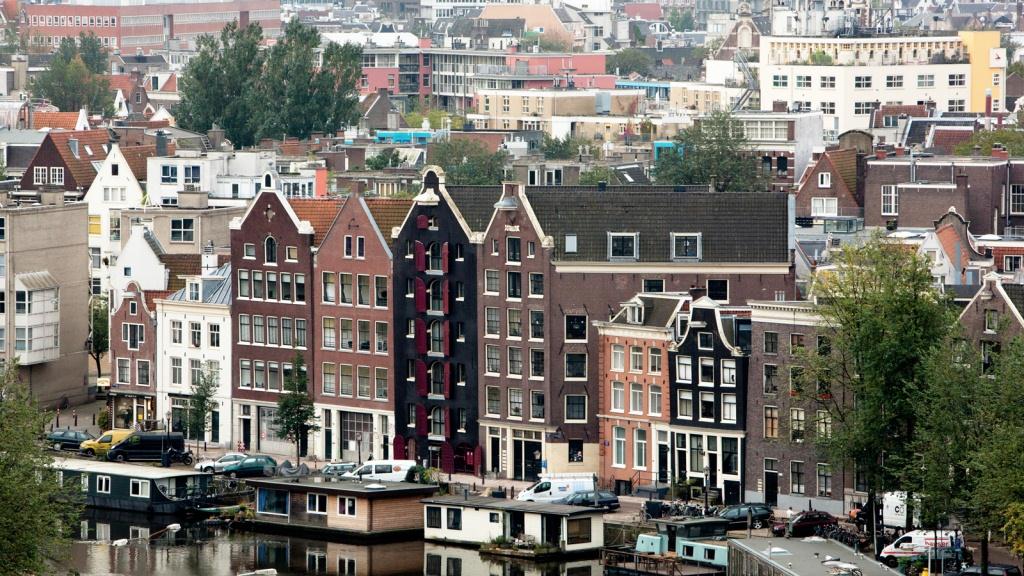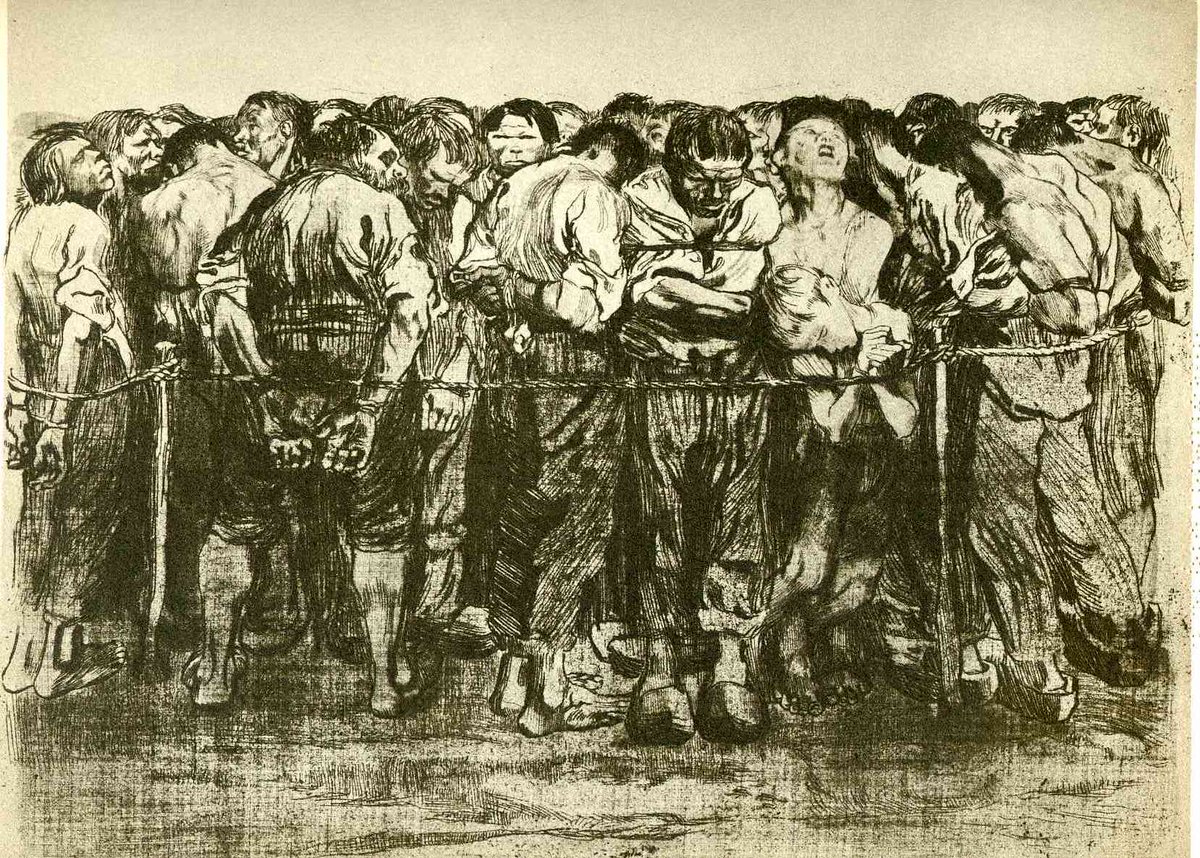Why do American cities feel less "alive" than their European counterparts?
It's because of something called the "missing middle".
A century ago, American cities looked completely different... (thread) 🧵
It's because of something called the "missing middle".
A century ago, American cities looked completely different... (thread) 🧵

Millions make pilgrimages to Europe's centers every year. Architectural beauty is one thing, but they simply feel more vibrant and "alive" than American cities.
But why is that?
But why is that?

In the early 20th century, American cities were much like European ones. They had smaller footprints relative to population, and people lived centrally enough to walk or take elegant streetcars to work.
What happened? The "missing middle" was decimated...
What happened? The "missing middle" was decimated...

Missing middle housing is simply medium-density housing that bridges the gap between single-family homes and high-rise apartments.
In America, there's very little in between.
In America, there's very little in between.

Most American cities follow the same pattern: a cluster of downtown skyscrapers, then flat, urban sprawl for miles.
They're segmented between suburban areas where people live, and downtown areas where they work.
They're segmented between suburban areas where people live, and downtown areas where they work.

European cities have more medium-density areas that are mixed-use: people living, shopping, working and worshipping in the same place.
Urban communities come alive in these places.
Urban communities come alive in these places.

Before the 1940s, US cities did have "middle" housing options that brought this gentle density — like the two-flats of Chicago or triple-deckers in Boston.
So what happened to America's missing middle?

So what happened to America's missing middle?


Well, we demolished it — at least part of it.
From the 1940s, decades of freeway construction gutted many of these areas. Entire communities were displaced in places like Kansas City and Minneapolis.
From the 1940s, decades of freeway construction gutted many of these areas. Entire communities were displaced in places like Kansas City and Minneapolis.

Super highways cut through cities and shifted people out to suburbia. Inner city populations cratered:
521,000 lived in Minneapolis in 1950. This fell to 368k by the '90s, and never recovered (425k today).
521,000 lived in Minneapolis in 1950. This fell to 368k by the '90s, and never recovered (425k today).

This was the site of the new I-35W which gutted Minneapolis. It was decided that new highways must "go right through cities and not around them." 

Then, car-friendly laws and strict zoning made it impossible to build anything other than single-family homes or downtown tower blocks.
In San José, 94% of residential land only allows single-family builds.
In San José, 94% of residential land only allows single-family builds.

So, with everyone shifted to the suburbs, demand for places and amenities that create bustling urban communities evaporated — and everything got built around the motorcar. 

This wrecked America's urban fabric. Plus, suburban sprawl meant inner cities lost their tax bases and fell into spirals of decline. 

Still, residential developers have no choice but to build single-family homes or downtown skyscrapers.
And towers don't fix anything — they're structures of inhuman scale that are even worse for community cohesion.
And towers don't fix anything — they're structures of inhuman scale that are even worse for community cohesion.

Changes are being made in some places. Minneapolis just relaxed its zoning laws to allow more multi-family homes to be built — but there's a lot left to do...




Restoring the missing middle might be the first step to recapturing that old vision of what American cities can be.
But can it ever undo the damage that was done?
But can it ever undo the damage that was done?

My free newsletter covers topics like this every week: history, art and culture — 50,000+ readers.
Do NOT miss the next email 👇
culturecritic.beehiiv.com/subscribe
Do NOT miss the next email 👇
culturecritic.beehiiv.com/subscribe
• • •
Missing some Tweet in this thread? You can try to
force a refresh



























